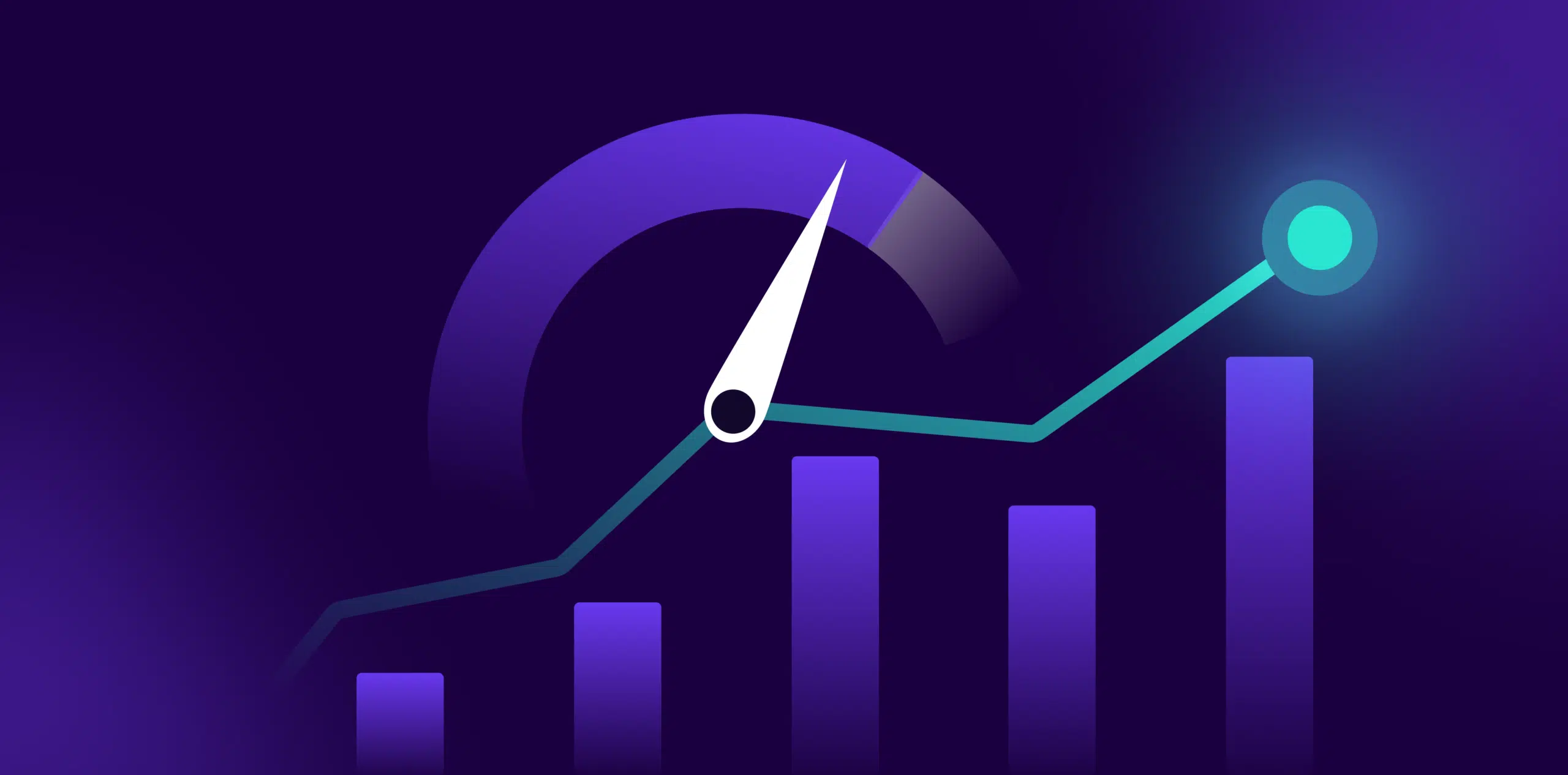What is Aggregated Historical Data?
Aggregated Historical Data involves collecting and summarizing data from past periods to provide a comprehensive view of historical trends, patterns, and performance metrics. This data is often grouped by time intervals, such as days, weeks, months, or years, to facilitate analysis and strategic planning.
Example
For example, an e-commerce company might aggregate monthly sales data over the past five years to identify seasonal trends and inform inventory planning. By analyzing the aggregated data, they can predict peak sales periods and adjust their strategies accordingly.
Why is Aggregated Historical Data important?
Aggregated Historical Data is important because it provides a macro-level view of performance over time, helping businesses identify long-term trends, forecast future outcomes, and make data-driven decisions. It enables organizations to understand how past activities influenced current results and plan effectively for the future.
Which factors impact Aggregated Historical Data?
Several factors can influence the accuracy and usefulness of Aggregated Historical Data, including data quality, the granularity of the data, and the methods used for aggregation. Ensuring that data is clean, accurate, and consistently recorded is crucial for reliable analysis.
How can Aggregated Historical Data be improved?
To improve the effectiveness of Aggregated Historical Data, businesses should implement robust data collection and management practices, use advanced analytics tools to process and visualize data, and regularly update their data sets to reflect the most current information. Employing machine learning algorithms can also enhance the ability to detect patterns and make accurate predictions.
What is Aggregated Historical Data’s relationship with other metrics?
Aggregated Historical Data is closely related to metrics like Key Performance Indicators (KPIs), Customer Lifetime Value (CLV), and Return on Investment (ROI). While KPIs track specific performance goals, CLV estimates the total value a customer brings over their lifetime, and ROI measures the profitability of investments.
Free essential resources for success
Discover more from Lifesight














